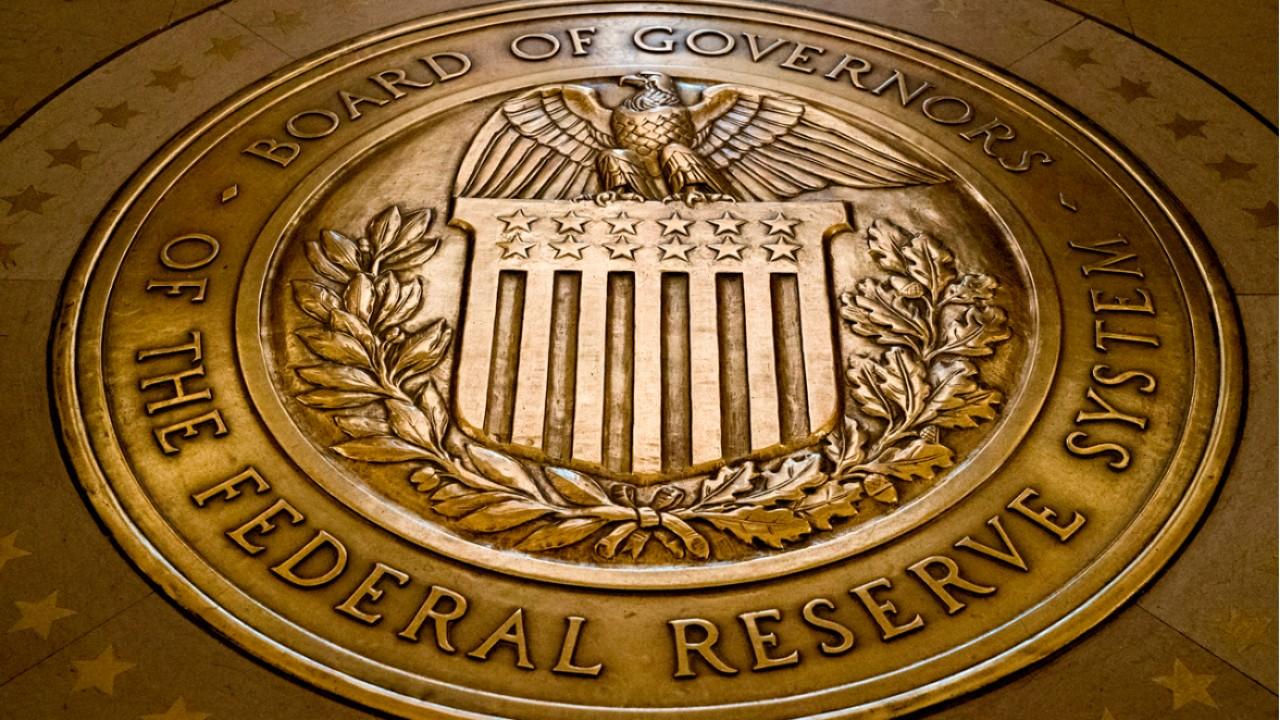As coronavirus rattles markets, traders bet on Fed rate cut in March
Fed officials opened the door to a possible rate cut on Friday
As the deadly coronavirus outbreak rattles global financial markets and casts a shadow over the world’s economic outlook, traders are increasingly betting on Federal Reserve policymakers cutting interest rates during their upcoming March meeting.
The CME’s FedWatch Tool, which analyzes the probability of rate moves for upcoming Fed meetings, is currently predicting a 100 percent chance of a rate cut in March, with 45 percent of traders expecting a 50-basis point cut. Fifty-five percent are forecasting a more modest 25-basis point cut.
The benchmark federal funds rate is currently set between a range of 1.5 percent and 1.75 percent.
The virus, which causes a disease called COVID-19, has killed close to 3,000 people, with more than 82,000 cases reported worldwide, mostly in China. So far, there have been a total of 60 confirmed cases of coronavirus in the U.S. That figure includes individuals who have been repatriated to the country.
It has forced China, the world's second-largest economy, to all but halt its production of consumer goods like phones, clothing and automobiles and institute mass quarantines in some cities and place severe restrictions on an estimated 780 million people.
CORONAVIRUS COULD DRAG US ECONOMY INTO RECESSION: JANET YELLEN
Dozens of U.S. companies, including Apple, Disney and Starbucks, have temporarily closed their locations in China or limited their hours.
“We could see a significant impact on Europe, which has been weak to start with, and it’s just conceivable that it could throw the United States into a recession,” former Federal Reserve Chair Janet Yellen said earlier this week at an event held by the Brookings Institution in Michigan.
St. Louis Federal Reserve President James Bullard also opened the door to a possible cut on Friday, suggesting that policymakers may take monetary action if the crisis deepens and reaches the level of the ordinary flu. The coronavirus has not yet been classified as a pandemic by the World Health Organization and has killed far fewer people than the flu, which has already caused an estimated 250,000 hospitalizations and at least 16,000 deaths this season, according to the Centers for Disease Control and Prevention.
HOW LONG DOES A RECESSION LAST?
“Further policy rate cuts are a possibility if a global pandemic actually develops with health effects approaching the scale of ordinary influenza, but this is not the baseline case at this time,” Bullard said.
Bullard’s comments, and the rate cut expectations, come amid an extended global meltdown that has major U.S. averages on track for their steepest weekly decline since the financial crisis in 2008.
It's a stark change from one month ago, when just 7 percent of traders were pricing in a Fed rate reduction. While most expected policymakers to hold rates steady, about 12 percent were forecasting a rate hike -- a sign of how quickly the virus has shaken investors.




















